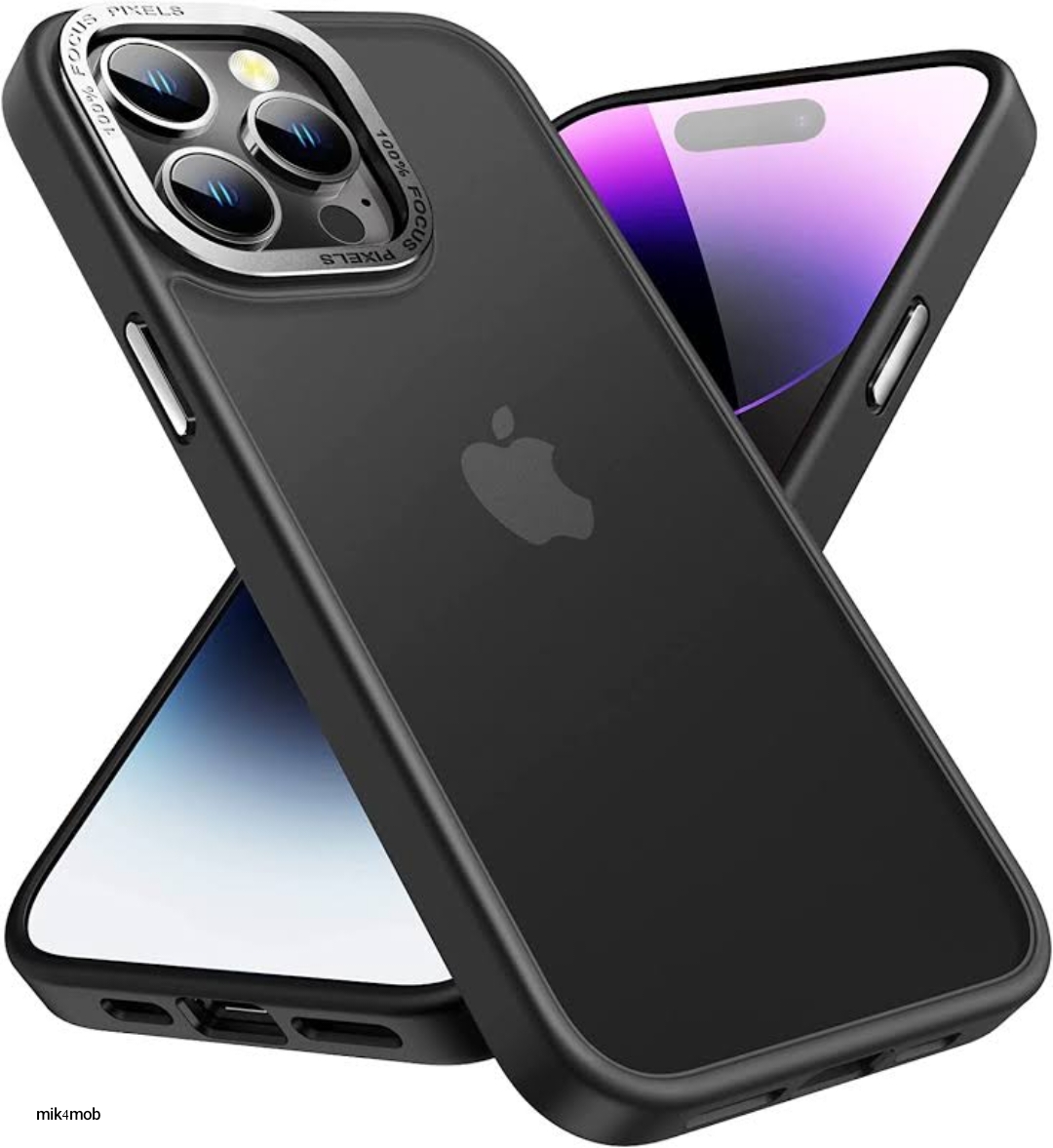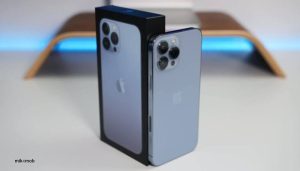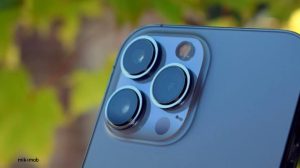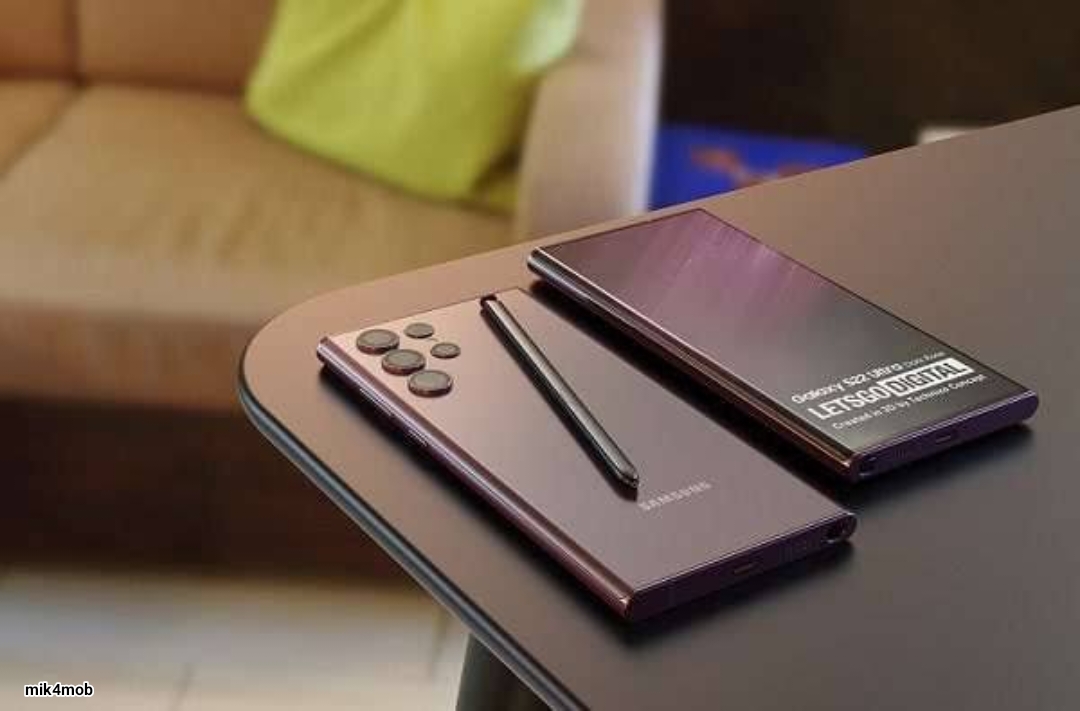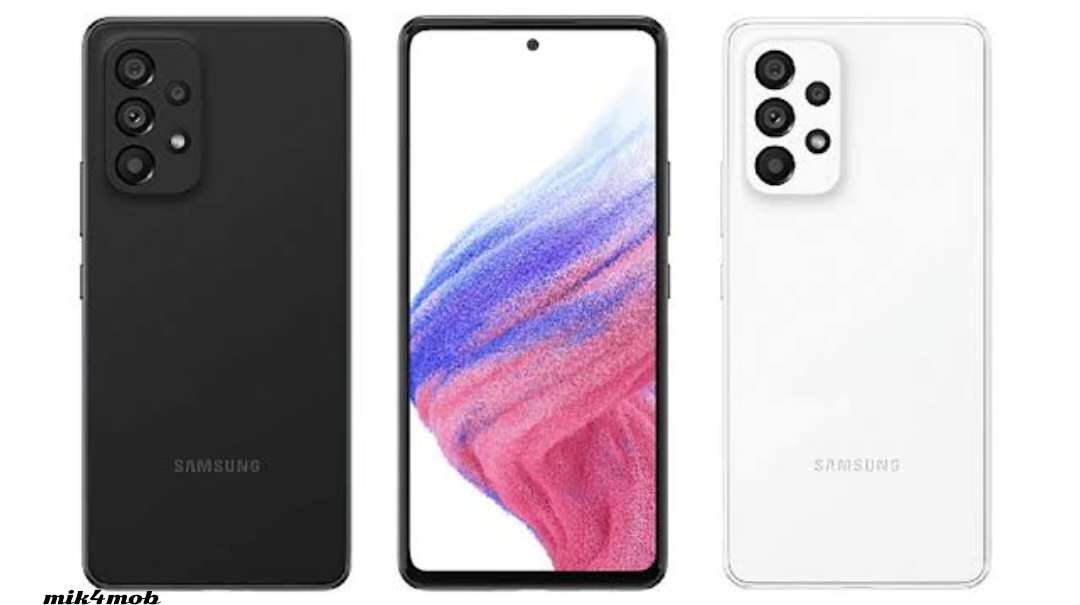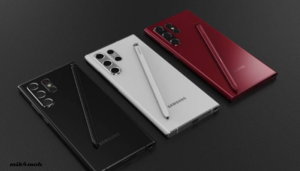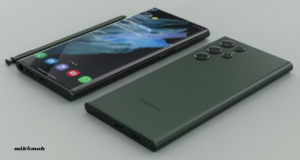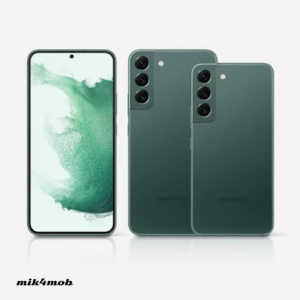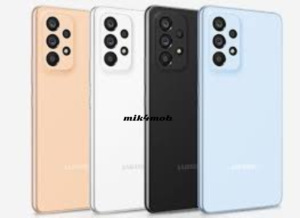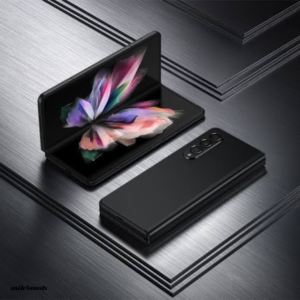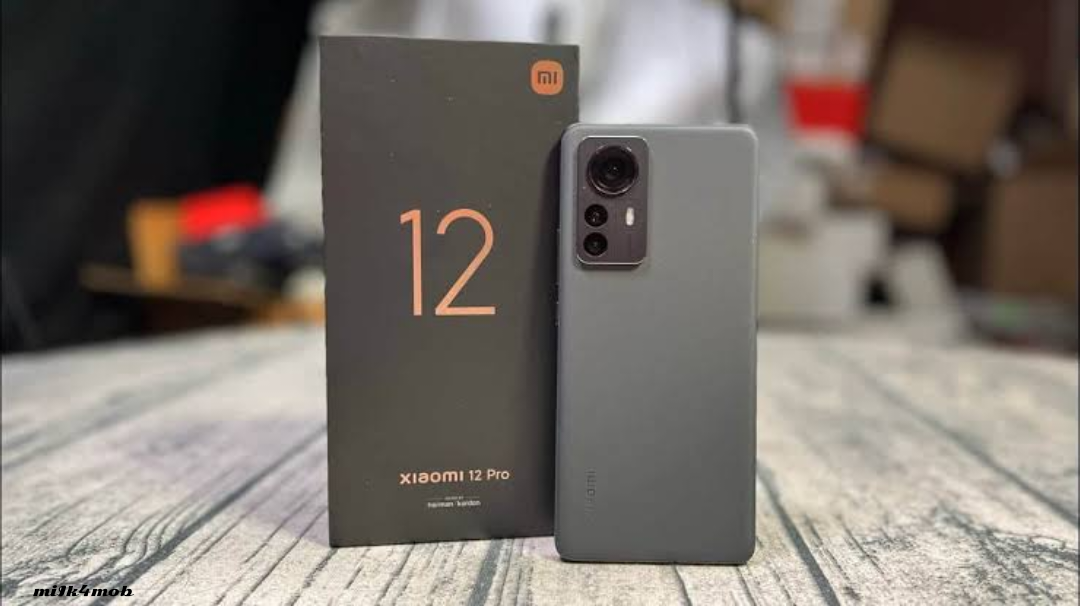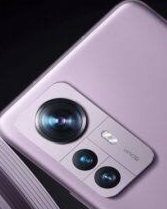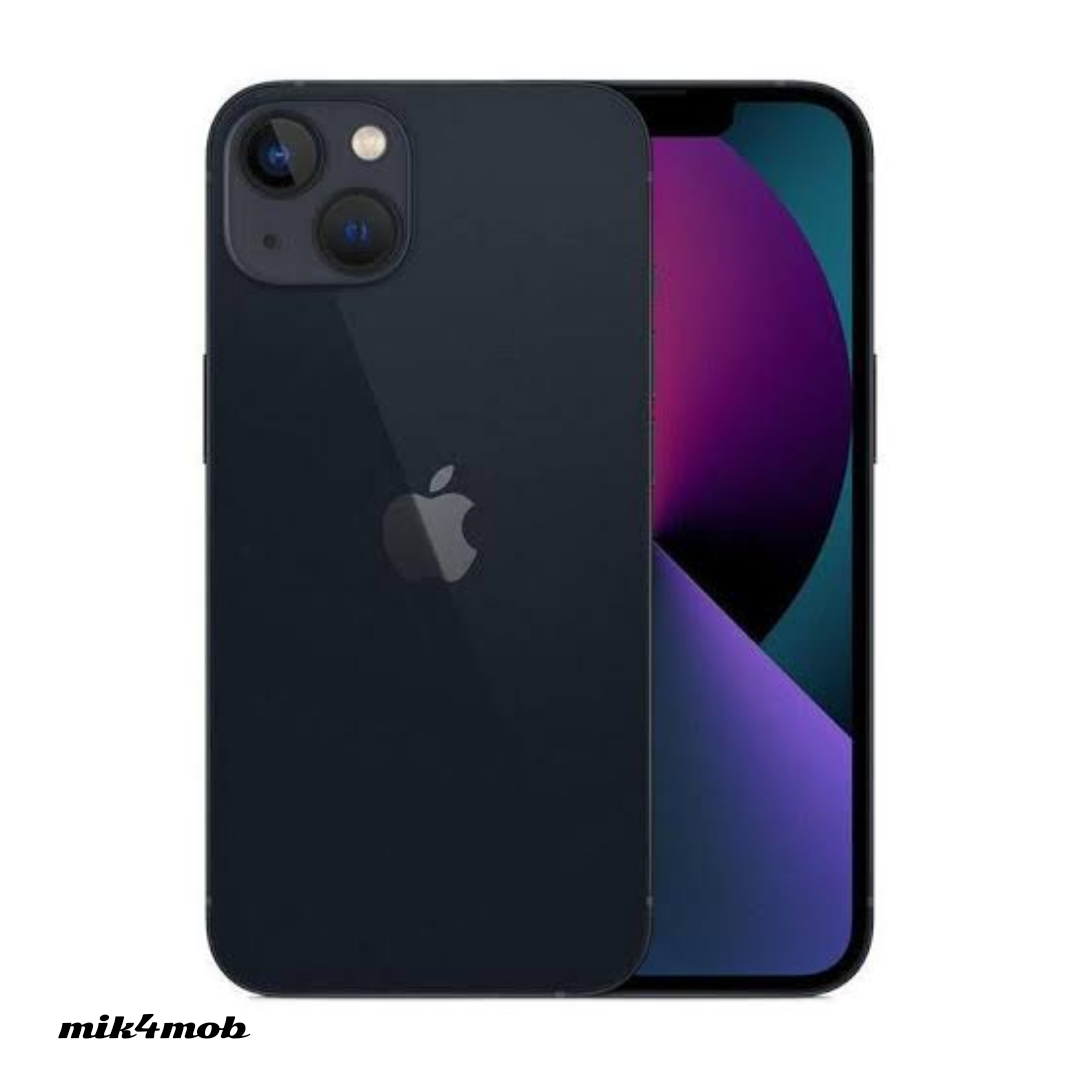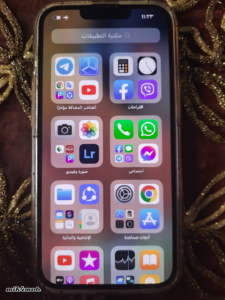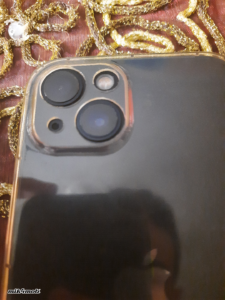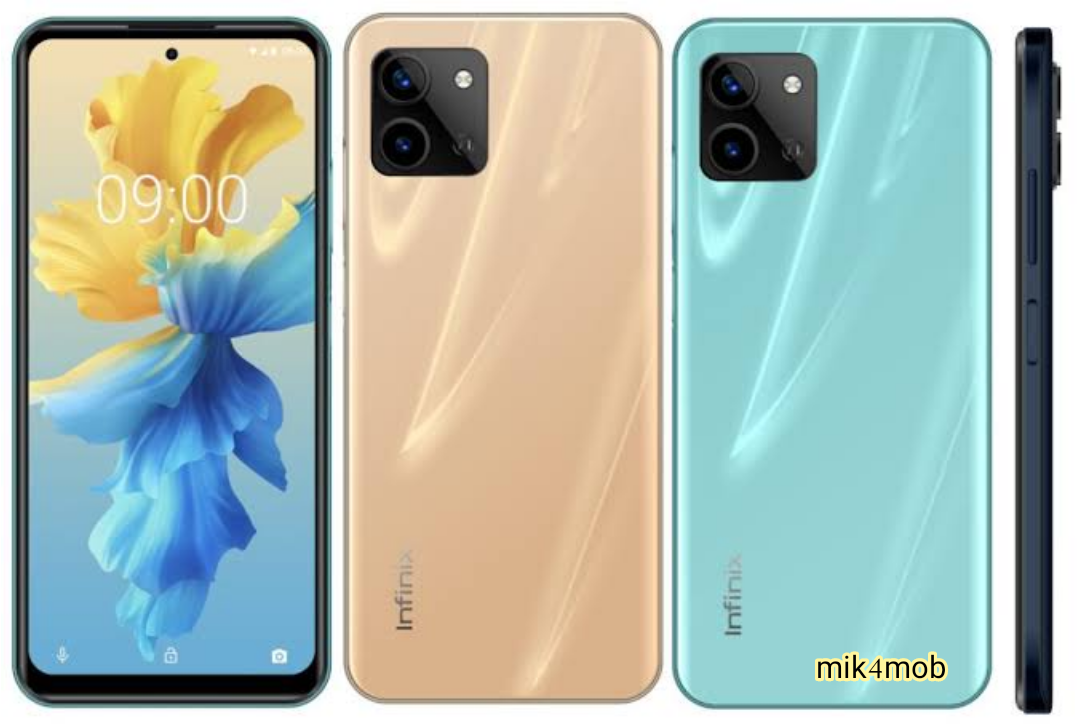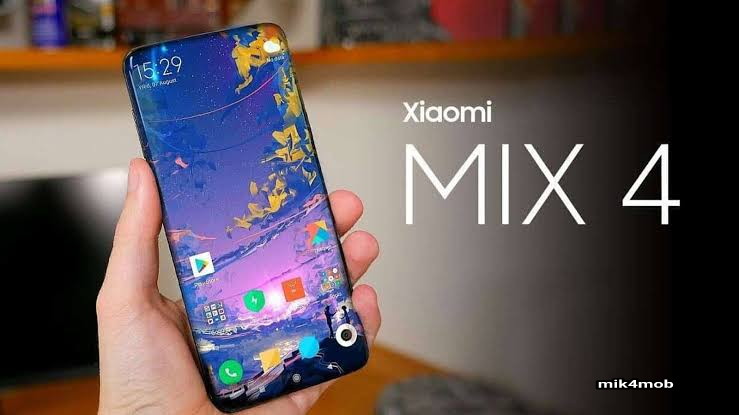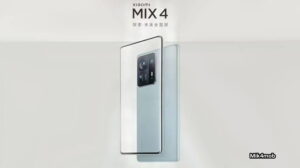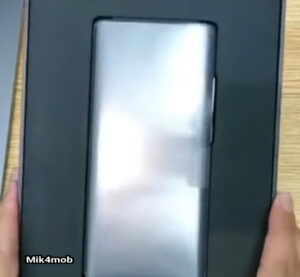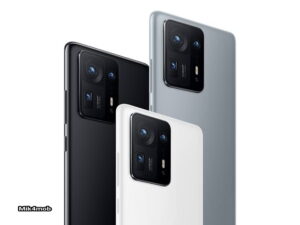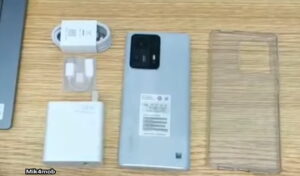Android 15 looks set to introduce several features that allow users to perform simple tasks and see information at a glance.
These include a new screensaver that allows you to control your Google Home devices, the return of lock screen widgets for tablets, and changing your default wallet app for Google Wallet.
All three new features were found in the Android 15 Beta, which was released on April 11, 2024, and can be downloaded for Pixel devices. However, it’s probably better to wait for the full release to ensure the best stability.
We can expect the full release of Android 15 around Q3 of 2024, with announcements of some of Android 15’s new features at Google I/O 2024, held on May 14.
1. Return of widgets
Widgets could return to Android tablets’ lock screens as part of the Android 15 update.
Widgets offer quick access to key app information without opening the app itself, allowing you to see things like notes, emails, and calendars at a glance, but are only available from the home screen of Android devices.
Lock screen widgets used to be available to both phones and tablets back in 2012 as part of Android 4.2 Jelly Bean but were later removed in Android 5.0 Lollipop.
Currently, with your device locked, you have access to just three apps: Google Calendar, Google Clock, and the Google App. However, the potential update means you won’t have to unlock your tablet to access handy widgets like YouTube Music or your photos, contacts, and many others, thus adding an extra layer of customization to your device.
As previously reported, widgets were initially thought to be rolling out to only the Google Pixel Tablet. However, the lock screen widgets are expected to appear on Android tablets running Android 15 but not on Android phones.
Android Authority discovered the return of widgets after digging through the code for the Android 15 Beta. It found a new “communal space” that allows users to add widgets from select apps. This space can be accessed by swiping inward from the right side of the lock screen.
More details refer to a “glanceable hub,” which is where the widgets will be stored. They aren’t directly placed on the lock screen but on a page accessible from the lock screen which is still faster and more convenient than opening the apps directly.
2. Screensaver control of your smart home
The Android 15 update may introduce a new screensaver named ‘Home Controls,’ allowing users to access their home controls straight from the screensaver.
The update will add Home controls to that list, allowing you to control your compatible Google Home devices when your phone or tablet is charging.
This can include Google Nest devices like cameras, thermostats, and doorbells. Once selected and when the screensaver is active, Home Controls will display your favorite controls for enabled devices.
However, the Home Controls screensaver apparently only supports Google Home devices and not other device controls, meaning other smart home apps will need to develop dedicated screensavers of their own.
Screensavers have been part of Android phones since Android 9, allowing you to display photos, colors, or a simple clock while charging. The addition of Home controls could be helpful, and while it’ll be available on both Android phones and tablets, it’ll probably see more use on tablets.
Currently, to access the Google Home settings, you would need to open the Google Home app, activate it by using the Google Assistant or by using a lock screen shortcut or by selecting the quick setting tile.
While none of these are too difficult, the addition of a screen saver could be a handy time saver if you want quick access to your smart home settings and have an idle docked tablet.



